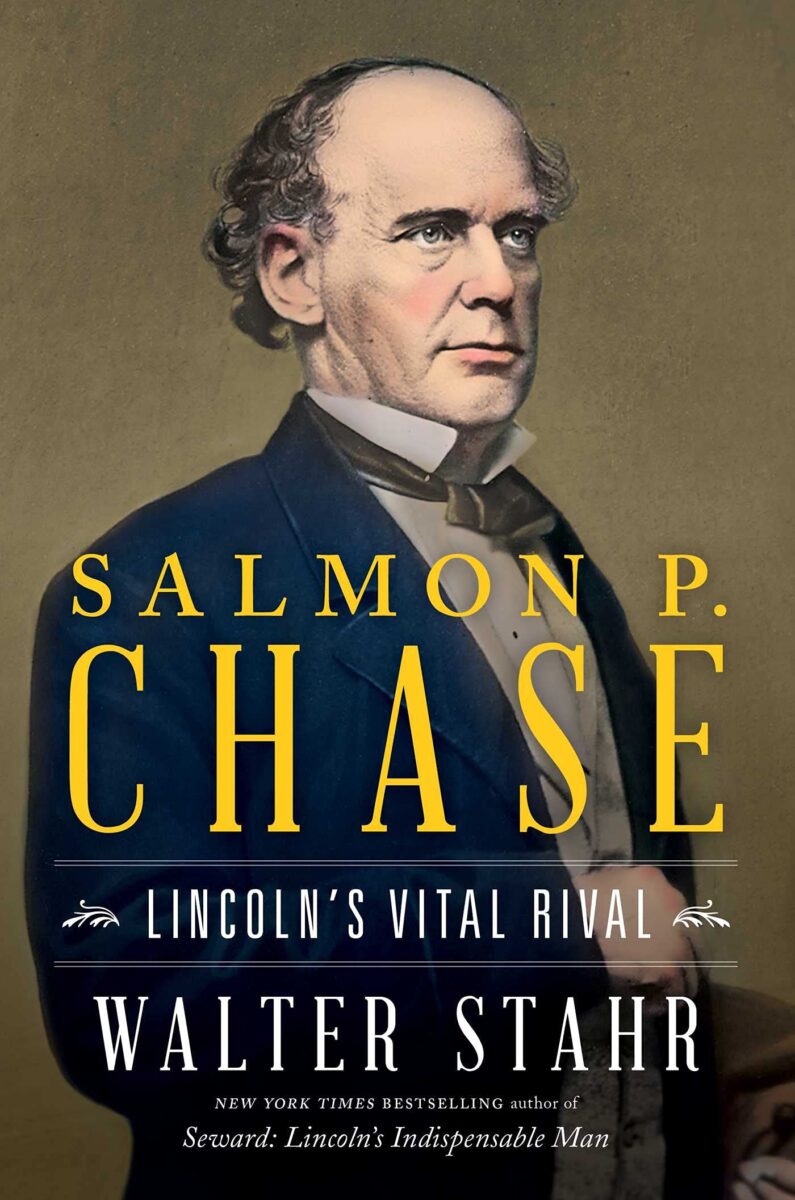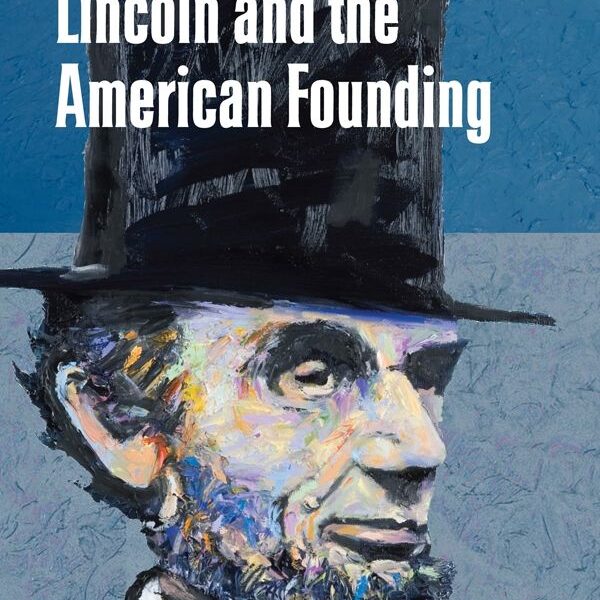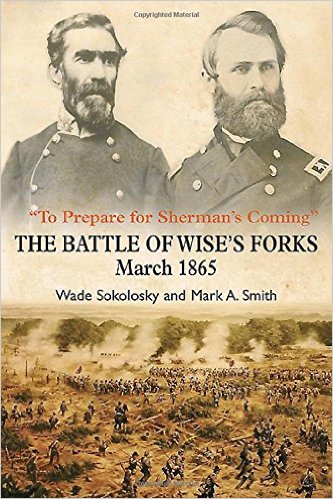Following up on his popular biographies of Secretary of State William Seward [2012] and Secretary of War Edwin Stanton [2017], Walter Stahr’s most recent book tells the story of Lincoln’s Treasury Secretary, Salmon Portland Chase. In this engaging biography, Stahr rescues Chase from Lincoln’s shadow, arguing that “Chase ranks as one of the great Americans of his generation” (659).
Born in Pennsylvania to a Federalist family, Chase began a career as an educator—then as a lawyer—in Cincinnati, Ohio. In the Queen City, Chase was on the frontline of the fugitive slave issue. During his time as a lawyer, he became known as the “attorney general for the fugitive slaves” because of his work in defending freedom-seeking enslaved persons against the claims of their former masters (69).
Though Chase had been a loyal Democrat, often supporting the more nationalist candidates like John Quincy Adams, he departed the Party in the 1840s to help create and advocate for the Liberty Party, one of the first sectional and unapologetically abolitionist parties on the United States political landscape. He was intensely ambitious for higher office and more significant influence, for which he was—and is—often criticized. “The common criticism of Chase’s ambition is curious,” Stahr comments, for “historians do not criticize Lincoln or John F. Kennedy for their ambition” (142).
Chase’s ambition was likely driven by his experience with death. All three of Chase’s wives died early in their marriages; three of Chase’s children died young, and four of his siblings were dead by 1850. “Death,” Chase wrote, “has pursued me incessantly ever since I was twenty-five. … My path has been—how terribly true it is—through the region of his [Death’s] shadow. Sometimes I feel as if I could give up—as if I must give up. And then after all I rise and press on” (152). Though Stahr does not explicitly make this observation, death likely haunted Chase, giving him perspective on life’s ephemerality and motivating him to aim for greater and more meaningful accomplishments.
As an antislavery senator in 1850, Chase was known for his claim that “freedom is national.” Freedom, Chase claimed, was the true intention of the American “fathers” and their Revolution. Chase hoped “this Union will be made what the fathers of the republic designed it should be made, an example of freedom to the nations of the earth” (153). In 1855, Chase was elected “as the first Republican governor of a major state” (4). As governor of Ohio, Chase spent his time helping to organize the new anti-Nebraska, antislavery Republican Party. He pressured the Ohio legislature to strengthen its laws protecting fugitive slaves.
Unlike Lincoln and Seward, Chase had no central “campaign manager” at the 1860 Republican nominating convention. His own state was divided over its support for him. Whereas New York’s delegates unanimously voted for Seward on the first ballot and Illinois’s unanimously voted for Lincoln, the Ohio delegation split its votes between Chase, Lincoln, and the more conservative John McLean. Though Chase was disappointed, he approved of Lincoln’s nomination and the Republican Party’s stance on the central issue of slavery (300-301).
Following Lincoln’s election, Chase was approached by the president elect to fill the second most important position in the Cabinet: Treasury Secretary. Chase eventually accepted the position. Compared to other nineteenth century Treasury secretaries, Chase had a wealth of financial experience. He was an “outside lawyer for several banks [and] also … an internal manager of the Lafayette Bank” before he entered the Senate in 1850 (329). The Treasury Department had the most patronage positions; therefore, Chase exerted an early and oversized influence on the prosecution of the war and the policies of the Lincoln administration. Partly because Lincoln’s first War Secretary, Simon Cameron, was a “weak and overworked head of the War Department, and partly because the friendship between Chase and Cameron made the secretary of war turn to Chase more often than to Seward or other Cabinet members,” Chase dealt with several military affairs at the start of the Civil War, in addition to his responsibilities in the Treasury Department. In fact, while Cameron was away from the War Department office during a weekend vacation in May 1861, Chase was overseeing the functions of the Department and drafted the administration’s response to General Benjamin Butler’s creative legal solution to fugitive slaves fleeing to Northern military lines: label them as contraband of war, enabling the military and government to refuse returning them to their owners.
Chase personally met with Northern bankers to convince them to loan money to the national government. He was an early proponent of employing women in the Treasury Department because there were many “refugees … deprived of the means of livelihood by the war, and I gave them employment to enable them to provide for themselves and families” (356). Chase is also the reason our currency is minted with the motto “In God We Trust.” In 1861, the highly religious Chase wrote to James Pollock, director of the Philadelphia mint, “No nation can be strong except in the strength of God or safe except for His defense. The trust of our people in God should be declared on our national coins” (361). During the war, Chase muscled several financial bills through the United States Congress, which nationalized local and state banks to create a national currency, which we still use today.
Chase had a cordial working relationship with Lincoln and worked closely with the president to finalize the Emancipation Proclamation. The election of 1864 created some tension within the cabinet, as Chase and his supporters attempted to maneuver the National Union Party’s nomination away from Lincoln in favor of Chase. Though Chase withdrew his name as a contender for the nomination, Stahr believes that he remained at least a quasi-candidate because he continued to work on a campaign biography (482). After Lincoln’s nomination by the National Union Party, the president refused one of Chase’s suggested nominees for a patronage position, citing jealousy from the Seward faction of the Party. In Stahr’s opinion, Chase issued an ill-considered offer to resign, which Lincoln accepted quickly in a brief, dismissive letter. The likely reason Lincoln accepted this resignation (Chase had a history of offering to resign) was that Lincoln now had the National Union Party nomination and “no longer needed to keep Chase in the Cabinet as a way of keeping him in line politically” (491). Chase left Washington, D.C., in early July 1864 and took some time away from politics for the first time since the start of his political career.
Word reached Chase in October 1864 that Roger B. Taney, Chief Justice of the Supreme Court, had died. Rumors immediately began circulating that Lincoln would nominate Chase for the position, which he did. Chase would preside over the Court for almost a decade, weighing in on many key issues of the nineteenth century: secession, slavery, emancipation, and reconstruction. Chief Justice Chase authored key decisions that ruled against the legality of secession; many are still cited today.
The presidential election of 1868 solidified negative views of Chase. During the lead-up to the election, he courted both the Republican and Democratic presidential nominations. At the same time, he was presiding over the impeachment trial of Andrew Johnson with caution and relative fairness, for which he is rightfully praised. Stahr, however, knowing Chase was pursuing the Democratic nomination, “wonders whether there was anything Chase would have done differently in the impeachment process” (659). Republicans, understandably, felt that Chase had betrayed his long-time friends and principles, a conclusion Stahr supports (597). After the election, Chase “called himself a Democrat” (618). His behavior in the 1868 election should remind readers of the ease with which many Americans moved between political parties in the nineteenth century.
Stahr’s biography of Chase is an admirable treatment of an oft-forgotten nineteenth century politician who, during the first two decades before the Civil War, “developed arguments that turned the Constitution into an antislavery charter” (657). Stahr’s book focuses extensively on Chase’s political career, with events from his private life interspersed. Better synthesis of Chase’s private and public lives might have made Chase a bit more “accessible” and relatable. Still, Salmon P. Chase is an excellent account of the man who set the nation on a firm financial footing during the Civil War and rendered consequential decisions as chief justice of the U.S. Supreme Court.
Caleb W. Southern is Adjunct Instructor of History at Tri County Technical College.





